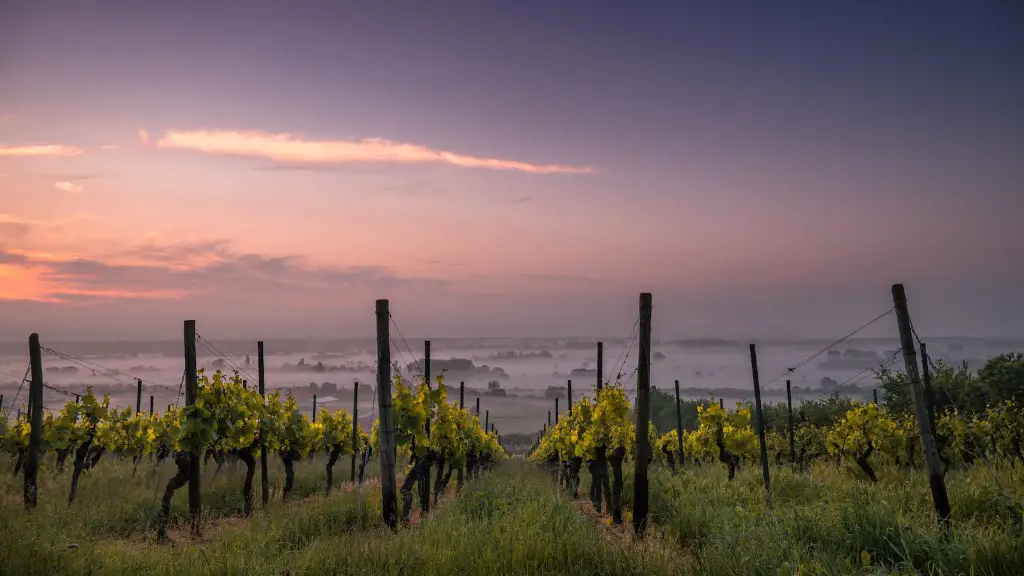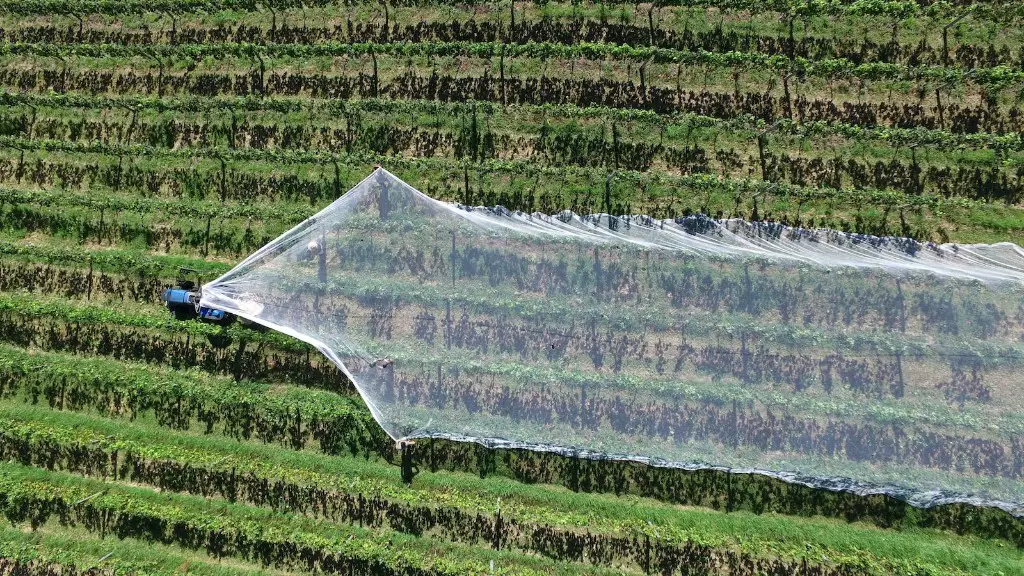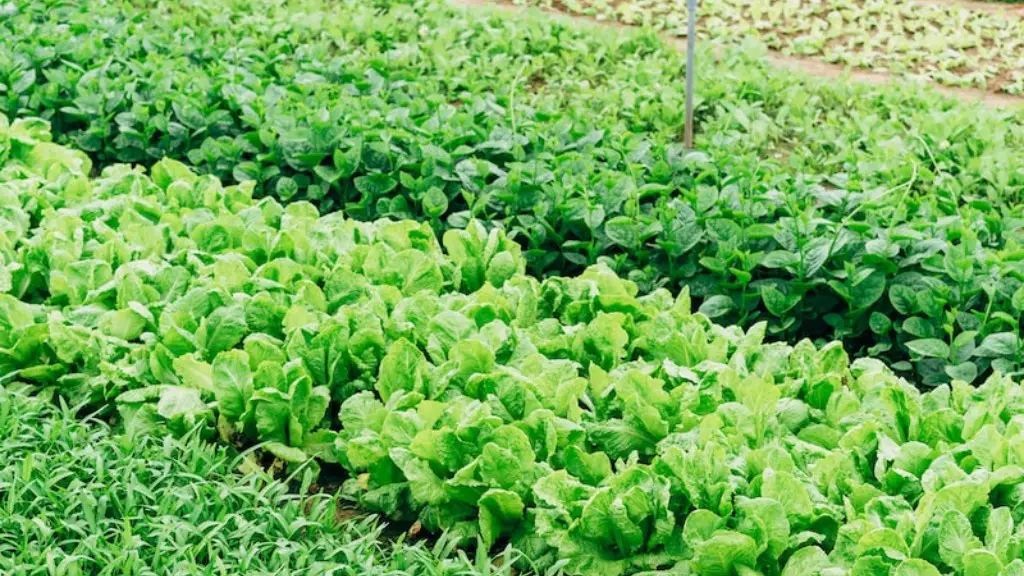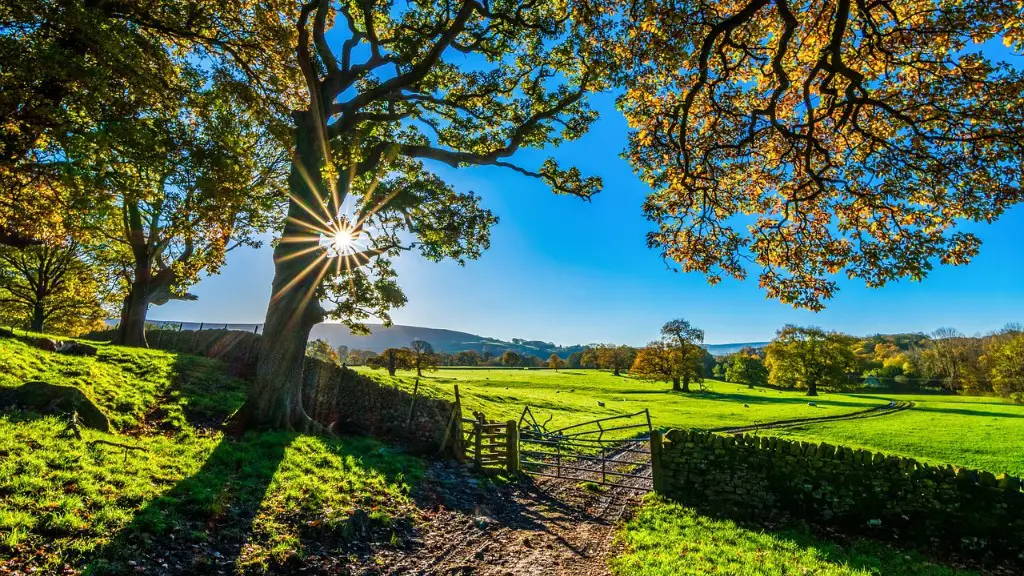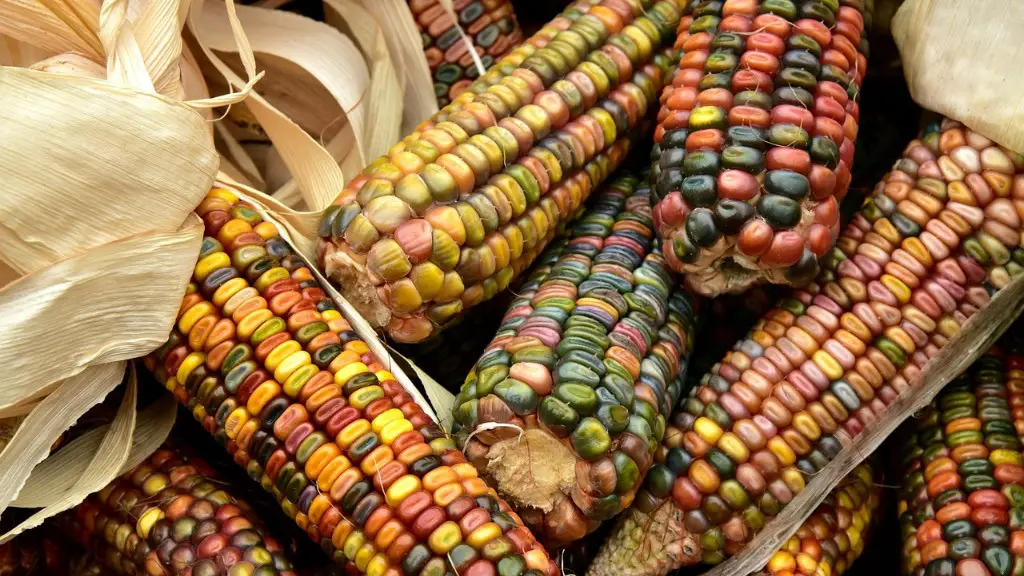What is Brazil’s Cerrado? Cerrado is a type of biome that covers 25% of Brazil’s land, occurring almost exclusively in the middle of the country. It is an ancient savanna ecosystem composed of grassy plains and scattered trees, comprising a huge biodiversity hotspot. As one the most diverse biomes on the planet, many beautiful and priceless species live in it, such as jaguars, maned wolves and innumerable tropical bird species.
As its name suggests, the Cerrado is also known for its characteristic dry, sun-drenched climate. Because of this, the terrain is often covered with strong plant species, such as thorny scrub, distant tall trees and thick grasses.
In Brazil, the Cerrado is traditionally known for its unique role in traditional farming and for its great water supply. Unfortunately, it is now being destroyed at an alarming rate, due to the expansion of agricultural activity. Nearly 20% of the Cerrado has been wiped away since 2000 to make way for farms and pastures.
The spread of agriculture has serious impacts on this fragile ecosystem, eroding its plant and animal diversity and decreasing the availability of water for visiting wildlife. In addition, the expansion of agriculture often leads to increased levels of herbicides and other pollutants in the soil, water, and air.
Worse still, the speed at which the Cerrado is disappearing means that there is less and less natural land available to protect. This makes it even harder to conserve the habitats of species that live there, compromising their ability to survive and reproduce.
As a result, the Cerrado is facing a significant crisis due to the harm caused by agricultural expansion. Conservation efforts and policies are needed urgently to protect this ancient and unique biome.
Deforestation for Agriculture
Deforestation has become one of the most serious threats to the Cerrado. This process involves replacing natural vegetation with farmland, which has had a devastating effect on the biome and its inhabitants.
The vast majority of this deforestation is done to create space for pasture and cattle production, while soybean and maize cultivation are also leading factors. Even though these activities provide economic benefits, they come with a high cost to the environment.
The loss of natural woodland accounts for nearly 80% of all land use changes in the Cerrado. The unchecked loss of these habitats is a grave threat to the animal and plant species that call this land home, as well as to the availability of water resources.
Moreover, the rapid deforestation continues to lead to climate change and severe degradation of soils, which further erode the Cerrado’s ecosystem. These processes could result in even more dramatic changes to the biome’s landscape in the near future.
Only through dramatically reducing the level of deforestation can we prevent further damage to the Cerrado. Government regulations, pressing producers to reduce the amount of farmland, and incentive programs for small-scale sustainable production are all key actions that can help address the problem.
Slash and Burn Practices
Slash-and-burn agriculture has become a major problem in the Cerrado, especially in its northern reaches. The practice involves burning vast tracts of trees and brush to prepare the land for crops and pastures.
The burning releases huge amounts of greenhouse gases and pollutants into the atmosphere, while leaving ash and other toxic chemicals in the soil, further eroding its quality. The burning also reduces the amount of carbon dioxide the ecosystem can absorb, worsening climate change.
Furthermore, the burning of trees disturbs entire ecosystems. The flames destroy habitat, leaving wild animals without refuge, and contaminate local water sources. What’s worse, the impacts of slash-and-burn often go far beyond its original epicenter.
The smoke from these fires can spread for hundreds of miles. In 2005, for example, firefighters had to deal with huge swathes of smoke from the burning of swathes ofamazonas forest reaching far into the Cerrado biome.
Stopping the practice of slash-and-burn is essential to protect the Cerrado. Government regulations, better-targeted enforcement, and engaging local communities in conservation processes are all important steps in preserving the valuable habitats and species in the biome.
Long-term Conservation Strategies
With the Cerrado’s ecosystems under such immense threat, long-term conservation strategies are needed to better protect the area and its valuable species.
National and international conservation institutions must continue their efforts to save the biome and the biodiverse habitats there. To do this effectively, broader strategies and policies should be developed that address both the causes and effects of deforestation.
One of the most promising approaches is to create incentives for producers to choose sustainable production methods. This could be done through economic and environmental policies that reward producers for practices that reduce the impact of their activities on the environment.
To be effective, this type of program should also be accompanied by supportive infrastructure, such as roads, and advanced agricultural equipment, as well as better credit access for small farmers.
Creating protected areas for the cerrado would also be beneficial, as these seldom require funds to sustain them, and thus are much more cost-effective than investment into agricultural infrastructure and technology.
In the end, it’s important to keep in mind that, to effectively protect the Cerrado, all of these strategies need to be implemented in a complementary manner.
Education, Awareness and Engagement
In addition to policy changes, public awareness and education are important strategies to foster an environment of conservation. Public visibility and media campaigns can help to spread knowledge about the Cerrado, its value and its threats.
In addition, positive messages about environmental solutions and eco-friendly products, as well as giving people examples of sustainable production, can help to motivate people to make changes in their everyday life.
Furthermore, local producers and leaders who are now at the frontline of deforestation should be involved and engaged in the struggle to preserving the Cerrado. Doing so can help to incentivize better practices, and create space for discussion and constructive dialogue around the topic.
Finally, this effort should be extended to agricultural businesses. They can provide valuable advice on the best sustainable practices, as well as on the economic implications of choosing such approaches.
The International Role
The task of protecting the Cerrado is far too great to be left in the hands of the local governments and communities. International organizations have an important role to play in the struggle to safeguard the biome.
These organizations are essential in monitoring and preventing violations of environmental laws. They also can serve as moderators of debates between governments and producers, and offer technical assistance in creating viable alternatives for agricultural production.
In addition, investing in innovative technology, such as satellite monitoring, drones and drones-based mapping, can help the authorities to keep a close eye on the Cerrado and its plantations.
International financial aid can also be critical in helping to develop policies and infrastructure that support sustainable production and conservation.
In the end, the work of protecting the Cerrado is far too important to be left in the hands of a few people. Governments, producers and international organizations must all play their part to ensure the long-term survival of this unique and precious biome.
